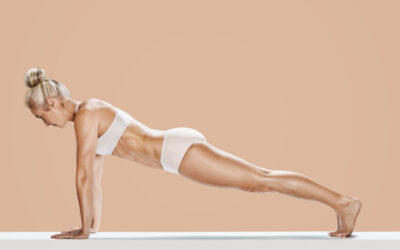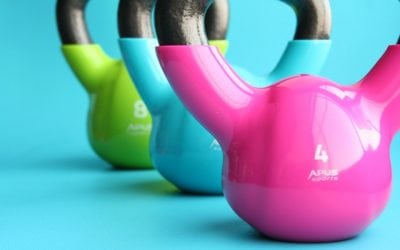Changing behaviour – this is the key to succeeding with your health and weight goals. Many may think my business is about bodies – what you put into them; how you move them; and how you perceive them. They wouldn’t be wrong, but the larger aspect of my work is about creating new patterns through changing behaviour.
Think about when you first learnt to ride a bike, or a wave; or attended your first dance class – any physical activity that required attention and multi-tasking. Remember how wobbly you were; how you couldn’t stand on the board; how every step you learnt felt foreign? You were aware of every movement you made. Now think about doing that same activity these days. Do you spend much time thinking about how to move, or do you simply move? It’s more likely you’re tracking the trail ahead, watching where the wave is about to break, or focused on the next move in the routine.
The conscious unconscious
What happened? In a nutshell you’ve set the basics into a “pattern”, which your body follows without any conscious thought. Patterning allows you to focus on the more important stuff, like who’s watching you on the beach or whether your dismount will be graceful. Patterning happens in all aspects of our lives – it guides what we choose to eat, how we breathe, the routines we follow, how we think about our parents, where we park our cars, how we shout at our kids and so on. Whether you call it habits or routines, it comes about through changing behaviour.
As humans we set up “shortcuts” in our subconscious minds that allow our brains room to process other information without bringing all activity to a stop. Think of it as “highways and byways” in the brain: the highways develop through repeating the same behaviour until it becomes firmly entrenched; the byways are those paths seldom visited.
Changing behaviour with new patterns
I try to be a mirror to my clients – reflecting what and how they think, move and eat. In an exercise coaching class I might, for example, point out that someone’s hips aren’t aligned through the exercise and the typical response is either “Huh, what are you on about?” or “Oh, I didn’t even see that”. Your posture is greatly shaped by how you sit at your desk. Your eating habits are greatly guided by what you learnt at the dinner table growing up. Generations of shortcut thinking about beauty, body shapes and numbers on a scale greatly influences how you view your weight.
My clients spend much time doing two things – seeing the pattern, and learning new ways of moving, thinking and eating…in other words, changing behaviour.
You want to change something? Slow it all down; become aware of the detail – of each movement, each sequential thought. Then try the new move, the new thought or a new way of eating. Try it again and again and again.
Many people quote 21 days for changing behaviour successfully. For me the number is less important than a two-barrelled approach of awareness and persistence. Forget a formula – fire the senses up and practice, practice, practice. After all, formulas are just different forms of patterns. Make sure the shortcuts in your thinking are the shortcuts you want, not simply those that have slipped in under the radar.






